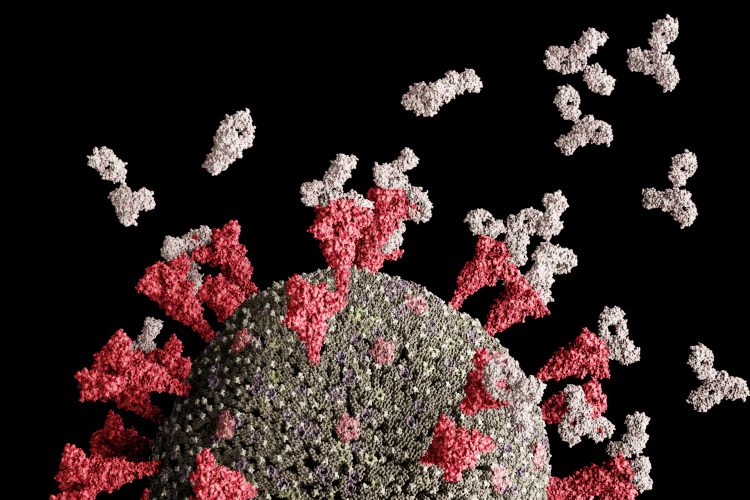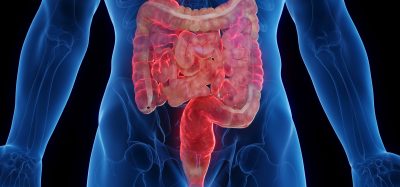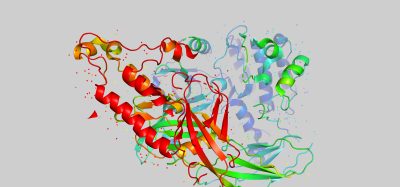Researchers discover covid-19 induces mitochondrial dysfunction
Posted: 14 August 2023 | Drug Target Review | No comments yet
Since the onset of the COVID-19 pandemic caused by the SARS-CoV-2 virus, scientists have been striving to comprehend the underlying reasons for the virus’s distinctive and detrimental long-term impacts, distinct from most other coronaviruses.

Now, a collaborative group of researchers spanning multiple institutions, led by a team at the Children’s Hospital of Philadelphia (CHOP) in conjunction with the COVID-19 International Research Team (COV-IRT), has revealed a novel insight: the virus has the potential to detrimentally influence the genes within the mitochondria, the cellular powerhouses, thereby triggering dysfunction across various organs beyond the respiratory system. Published today in the journal Science Translational Medicine, these findings open up new avenues for the treatment of COVID-19.
Mitochondria, present within every cell of our bodies, harbour genes that contribute to their formation. These genes are dispersed between the nuclear DNA situated in the cell nucleus and the mitochondrial DNA (mtDNA) within each mitochondrion. Previous studies have indicated that SARS-CoV-2 proteins can interact with mitochondrial proteins within host cells, potentially causing disruption to mitochondrial function.
In order to decipher the impact of SARS-CoV-2 on mitochondria, researchers from the Center for Mitochondrial and Epigenomic Medicine (CMEM) at CHOP, along with their colleagues from COV-IRT, aimed to analyse the expression of mitochondrial genes to pinpoint variations attributed to the virus. To achieve this, they scrutinized a combination of nasopharyngeal samples and autopsy tissues obtained from affected patients, as well as animal models.
Dr Joseph Guarnieri, a postdoctoral research fellow associated with CMEM at CHOP and the first author of the study, stated, “Human patient tissue samples allowed us to scrutinise the impact on mitochondrial gene expression from the disease’s onset to its conclusion, while animal models enabled us to fill in the gaps and observe how gene expression variances progress over time.”
The study divulged that while mitochondrial gene expression had recuperated in autopsy lung tissue, mitochondrial function remained suppressed in organs like the heart, kidneys, and liver. When analysing animal models and pinpointing the peak viral load in the lungs, mitochondrial gene expression suppression was observed in the cerebellum, even though SARS-CoV-2 was not detected in the brain. Further examination using animal models unveiled that during the mid-phase of SARS-CoV-2 infection, mitochondrial function in the lungs showed signs of recovery.
Collectively, these findings indicate that initial infection primarily impacts the lungs, but over time, mitochondrial function within the lung’s rebounds, whereas in other organs, especially the heart, mitochondrial function remains impaired.
Co-senior author Dr Douglas C. Wallace, who serves as the director of CMEM at CHOP, emphasized, “This study underscores the need to shift our perspective on COVID-19 from being solely a respiratory ailment to a systemic disorder that affects multiple organs. The sustained dysfunction we observed in organs beyond the lungs suggests that mitochondrial dysfunction might be causing enduring harm to the internal organs of afflicted patients.”
While forthcoming studies based on this data will delve into how systemic immune and inflammatory responses could account for heightened disease severity in certain patients, the research team did identify a potential therapeutic target in the form of microRNA 2392 (miR-2392), which emerged as a regulator of mitochondrial function in the human tissue samples scrutinized in this study.
Co-senior author Dr Afshin Beheshti, a biostatistician and visiting researcher at The Broad Institute, as well as the founder and President of COV-IRT, noted, “The elevated presence of this microRNA was noted in the blood of SARS-CoV-2 infected patients, a phenomenon not typically anticipated. Suppressing this microRNA might potentially hinder viral replication, offering an additional therapeutic avenue for individuals prone to severe complications linked to the disease.”
Earlier this year, The Gates Foundation extended funding to Dr Wallace and CMEM for investigating how variation in mtDNA across global populations might influence mitochondrial function and consequently impact an individual’s susceptibility to SARS-CoV-2. According to Wallace, the compelling evidence that SARS-CoV-2 significantly affects mitochondrial function lends credence to the idea that differences in mitochondrial function could contribute to varying degrees of COVID-19 severity among individuals.
Related conditions
Covid-19
Related organisations
Center for Mitochondrial and Epigenomic Medicine (CMEM), COV-IRT, The Broad Institute







